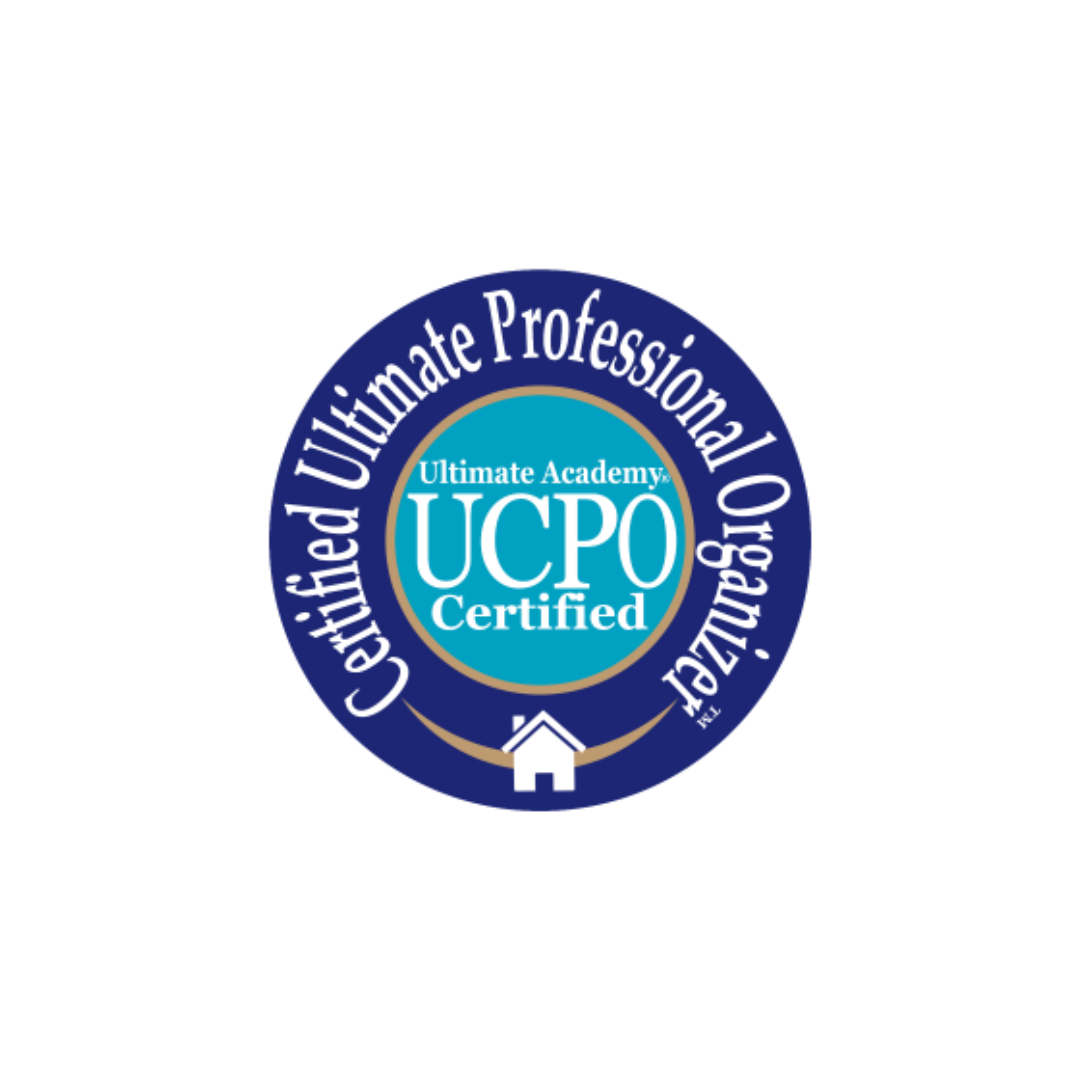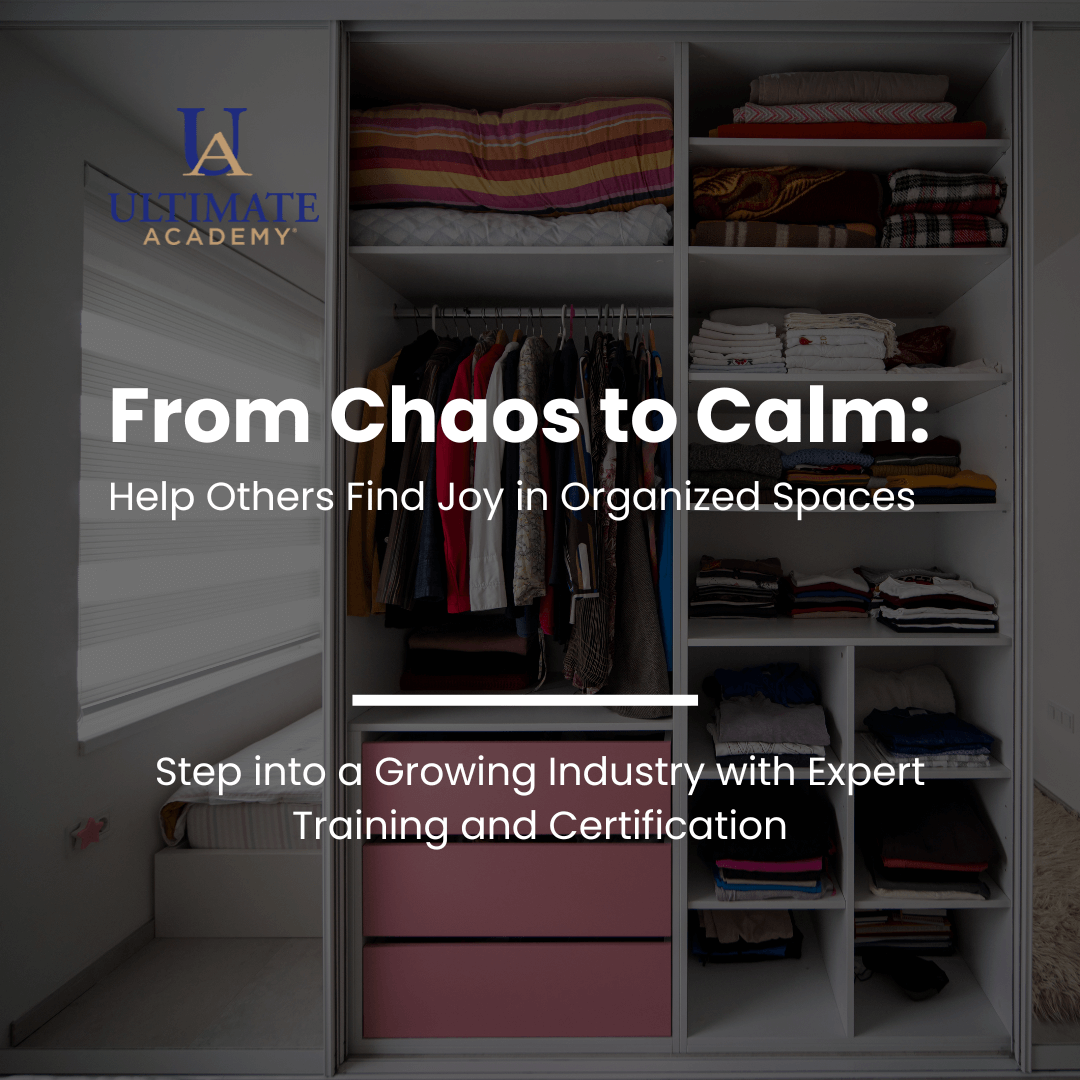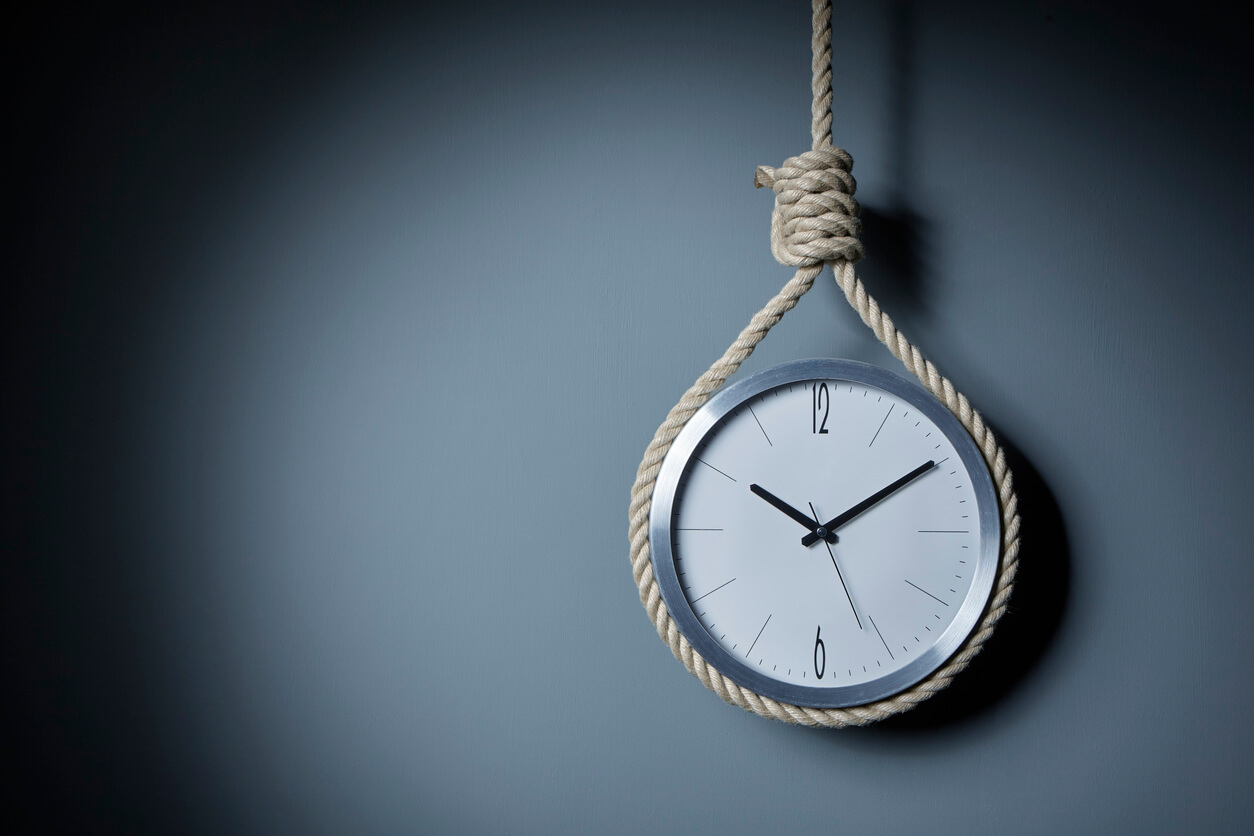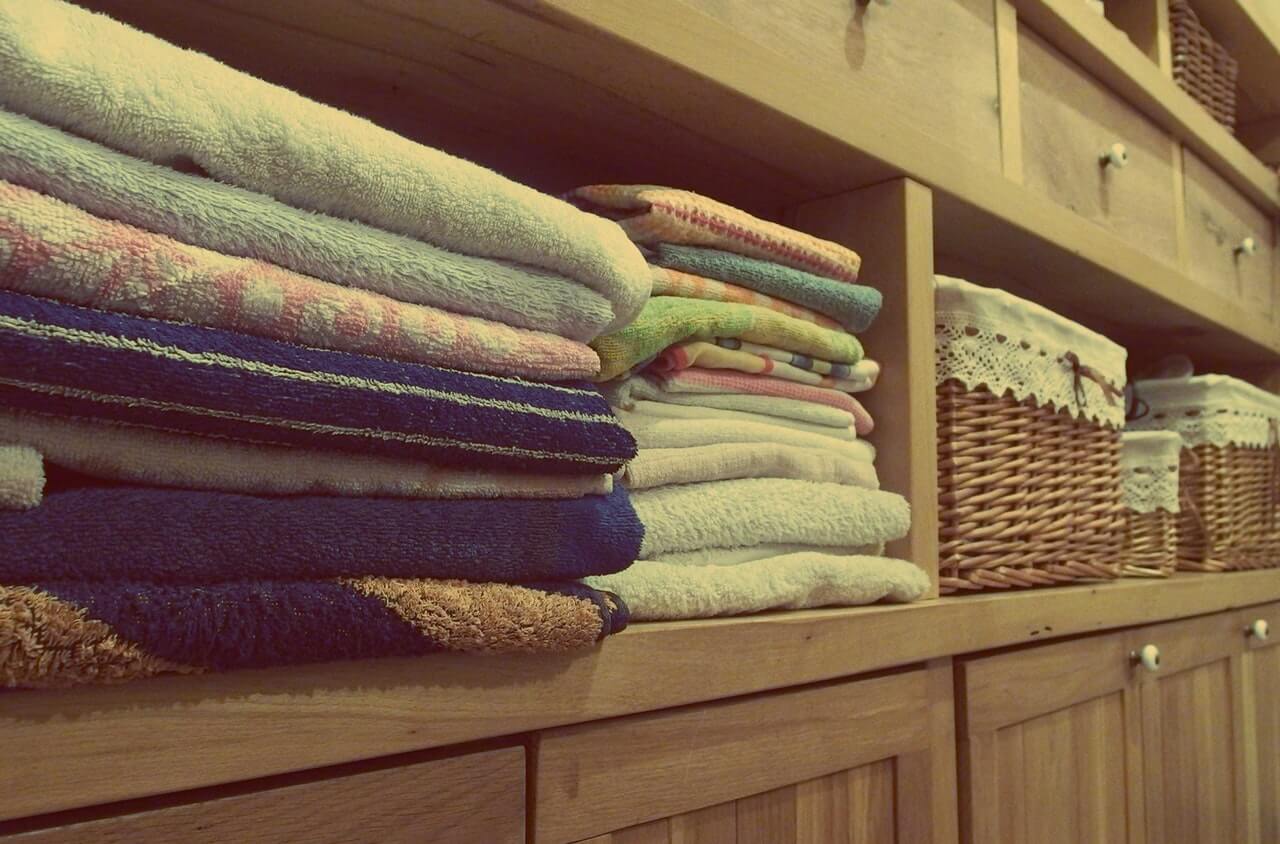Hoarding Disorder: An Organizer's Approach
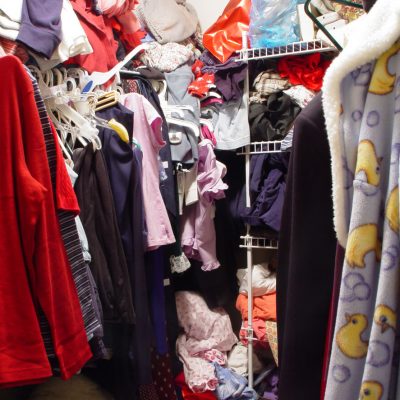
Learning the tango, or any other dance for that matter, begins with a single step. For anyone who has ever watched a professional dancer, that may seem unbelievable. The energetic footwork, the sensual arm-movements, even the communicative facial expressions, all tell a magnificent story.
But no one is born knowing how to dance a rumba; it takes work, effort, and concentration, until it all becomes second nature. For the un-learned, the steps may seem overwhelming; how do you know where to place your hands; how do you know when to step forward or to the left? A professional dancer can not only answer every one of these questions, but he or she can also show the client how it is done.
The same can be said for decluttering and organizing the home of a person with hoarding disorder; it begins with a single step. Although the result may be different, a flawless tango and an organized home of a hoarder both benefit greatly from the assistance of a professional. A client with hoarding disorder demonstrates “a persistent difficulty discarding or parting with possessions because of a perceived need to save them”.
A Professional Organizer, much like a dance instructor, can not only address the question of “how do you know when to keep something and when to throw it away” for a hoarder but can also show them how it is done. It takes work, effort, and concentration, but just like a well-choreographed dance, decluttering a hoarder’s space can become second nature.
Navigating the Challenges of Hoarding Items
The goal of a Professional Organizer is to “improve the quality of their clients’ home or workplace through organization”; to help create a space that makes the client feel good and that evokes a feeling of peace.
Whether or not the client exhibits hoarding behavior does not change the desired outcome of an organized home; however, it does create a more complex dance.
Beginning Steps:
- When a family member or a mental health professional first contacts a Professional Organizer, the initial meeting with the client usually takes place at their home.
- Before entering, it’s essential to wear protective gear like masks, gloves, eye protection, and even a hazmat suit if necessary.
- The next step involves touring the client’s space to assess the extent of the hoarding disorder.
- Based on the Ultimate Academy® Grade Level Assessment, this particular home in the picture above is rated as Level 3.
- Based on the Ultimate Academy® Grade Level Assessment, this particular home in the picture above is rated as Level 3.
- The Professional Organizer then determines if the home falls under a “Heavy” or “Extreme” Organization category.
- Additionally, considering the home’s clutter, disorganization, and cleanliness, the organizer identifies required additional services, which may include refuse bin rentals, specialized cleaning, and additional organizing team support.
Spending Time with the Client
Before starting decluttering, it’s crucial for the Professional Organizer to spend substantial time observing a client, often struggling with hoarding disorder, in their home. This principle is rooted in the idea that “observation comes before implementation.”
- Before devising a plan, the organizer should assess the client’s strengths, limitations, and endurance.
- This observation helps customize the approach, determining the best decluttering techniques, skills, tools, and systems.
- For example, if a client becomes restless when seated for extended periods, the organizer might suggest standing tasks or frequent breaks, incorporating short walks around the house to maintain focus.
- The client’s decision-making style becomes evident with time. While some may efficiently sort items into four categories like ‘keep,’ ‘donate,’ ‘trash,’ and ‘recycle,’ others might fare better with just ‘keep’ and ‘donate.’
The organizer should be attuned to the client’s emotional state, anticipating potential overwhelm during the decluttering process.
- Recognizing that professional organizers play a pivotal role in supporting clients undergoing mental health treatment for hoarding, organizers extend the therapist’s influence, offering hands-on assistance with the surplus items.
- Collaborating with therapists is ideal, aiming to alleviate the client’s hoarding symptoms.
- Each client’s unique abilities, experiences, and backgrounds make every project distinct.
- Collaborating with therapists is ideal, aiming to alleviate the client’s hoarding symptoms.
Implementation of Organizing Skills, Tools, and Systems for Helping Clients with Hoarding Disorders:
The next step is to implement the skills, tools, and systems specific to the client.
Organizing skills can include:
- Sorting into different piles: keep, discard, and unsure.
- The “unsure” pile allows for a discussion about the pros and cons of keeping the item. Note that not every client will have the emotional capacity to utilize this category.
- The role of the Professional Organizer is to guide the client through these decisions and help them understand their reasoning for keeping the item. Negative reasons such as guilt and grief need to be examined, explored, and explained.
- The “unsure” pile allows for a discussion about the pros and cons of keeping the item. Note that not every client will have the emotional capacity to utilize this category.
- Categorizing possessions into different types, such as books, clothing, and shoes.
- Organizing items using a variety of storage containers.
- Clients with hoarding disorder often have difficulty making decisions.
- Encourage clients to touch an item only once; this will help them make an immediate and lasting decision.
- Clients with hoarding disorder often have difficulty making decisions.
Tools can include:
- Various storage containers: bins, baskets, jars, and file folders.
Systems will be created with the client in mind and can include:
- Learning to touch something once; this includes putting an item away immediately after its use.
- Reading and sorting mail daily.
- Create two categories for mail: immediate/upcoming action and trash/recycling.
- Putting recycling items in the recycling bin daily.
- Filing important papers in an accordion folder. Its size will encourage the client to keep papers to a minimum.
- “Paperwork is always better stored vertically than horizontally”; piles are difficult to keep organized.
- Setting up automatic payments for monthly bills. This allows the client to receive less paper mail overall.
- Creating routines; set routines can help alleviate the client’s stress and anxiety that is normally associated with organizing their belongings.
- Learning time-management skills: clients need to learn how to prioritize daily activities, such as running errands and tidying up.
Motivation:
For clients with hoarding disorder, professional organizers play a crucial role in not only teaching organizational skills but also motivating them to declutter effectively.
Key strategies for motivation include:
- Creating a clear vision of the desired end result, helping clients stay focused on their goal.
- Documenting progress with “before & after” photos as a source of motivation.
- Providing positive reinforcement and encouragement for every achievement.
- Ensuring clients stay on track by helping them establish a customized daily schedule.
- Overcoming the fear of starting by assisting clients with that initial step.
- Daily removal of items designated for donation to prevent re-acquisition.
Organizing for hoarders is akin to a complex dance, requiring professionals to demonstrate the necessary steps and order. With dedication and practice, this process becomes second nature, with professional organizers choreographing the process. Regardless of the scope, it all begins with that crucial first step.
Conclusion:
Organizing for hoarders is akin to a complex dance, requiring professionals to demonstrate the necessary steps and order. With dedication and practice, this process becomes second nature, with professional organizers choreographing the process. Regardless of the scope, it all begins with that crucial first step.
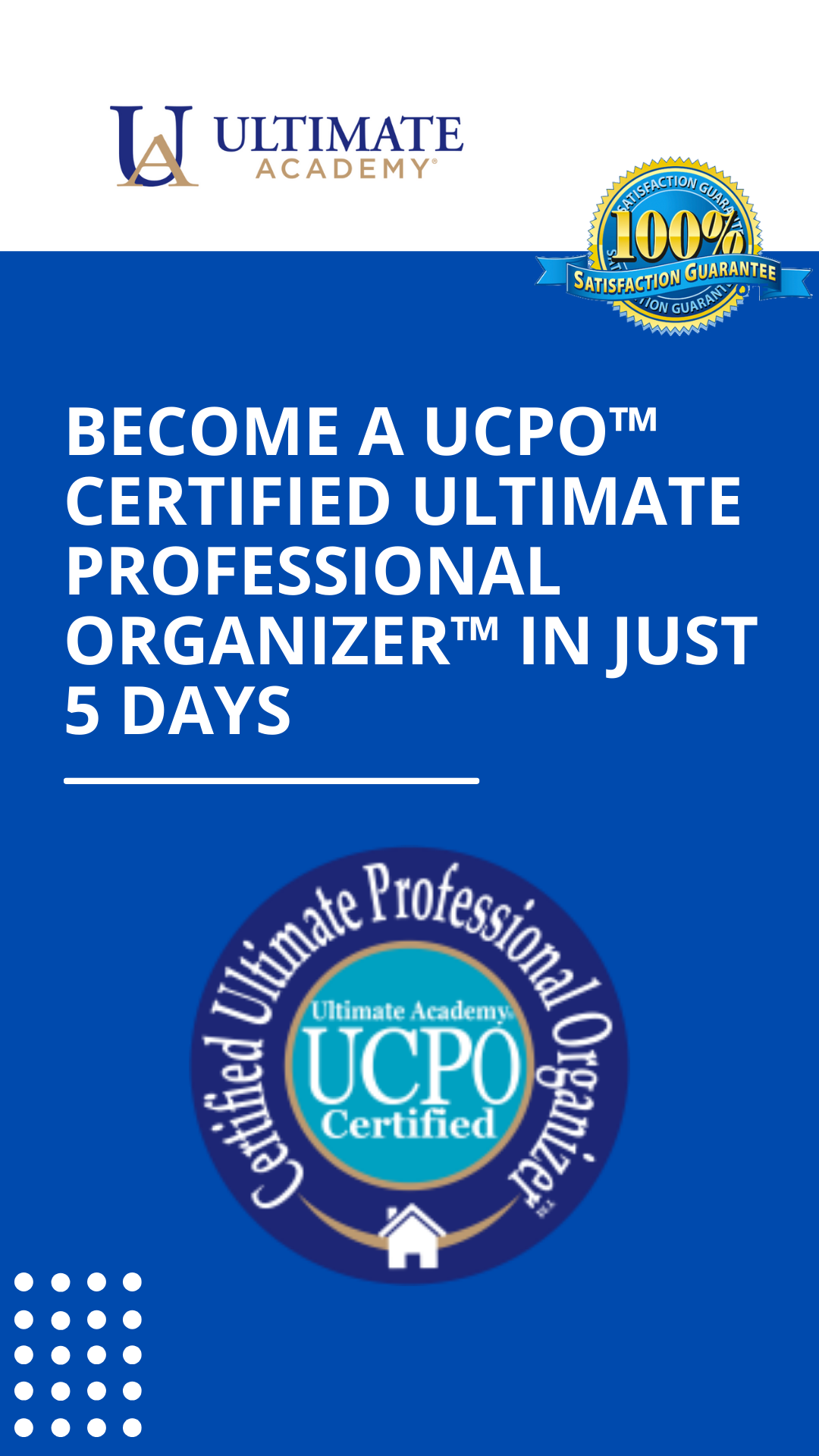
Learn About our Professional Organizing Certification
